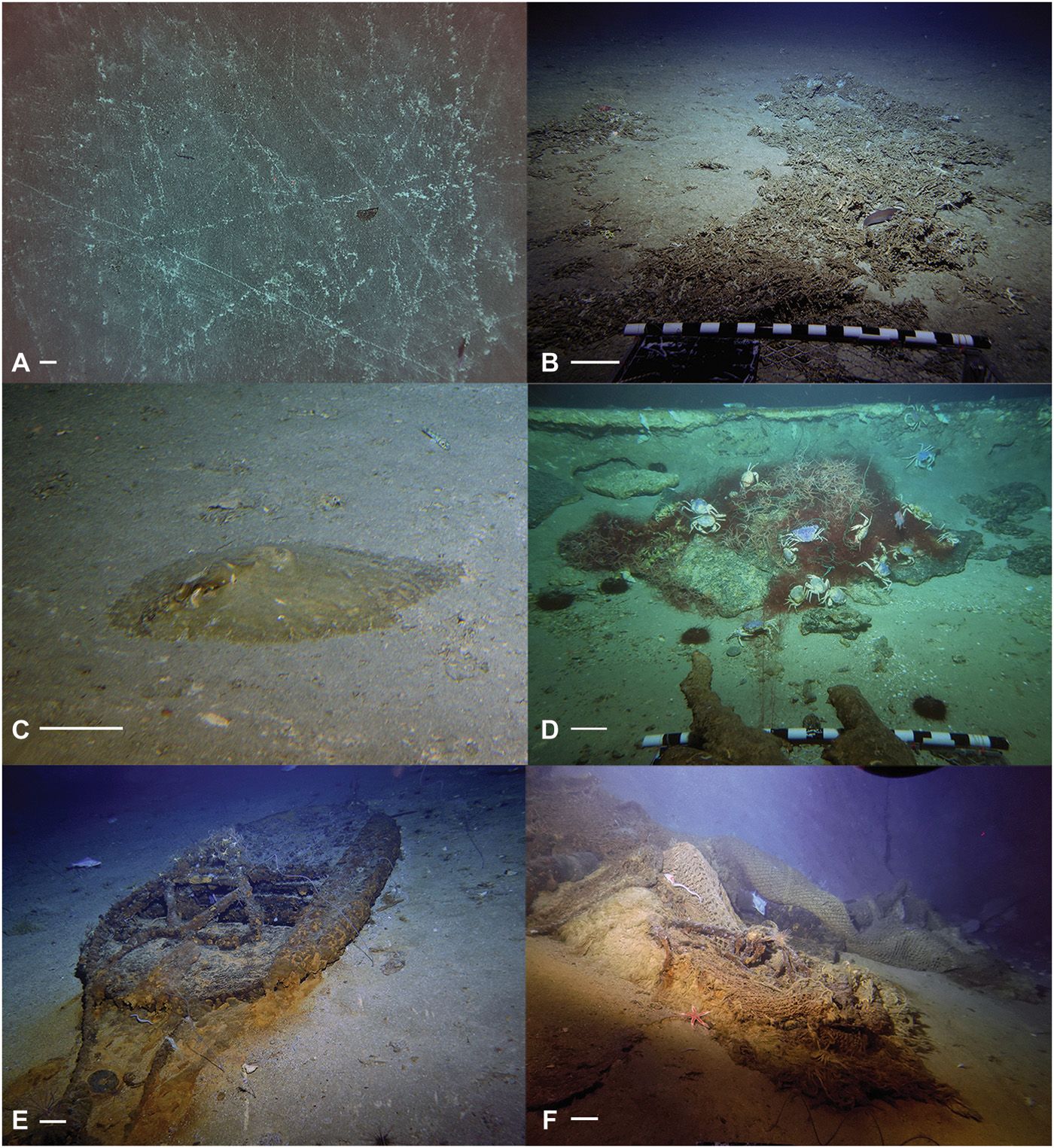Hawaiian Seamounts Recovering, Thanks to 40 Years of Protection
After 40 years of federal protection, a seamount coral community in Hawaii is showing signs of recovery. The Hawaiian-Emperor Seamount Chain was heavily fished from the 1960s to the 1980s which, according to the research article published in Science Advances earlier this month, resulted in “the largest amount of fish and invertebrate biomass removed from any documented seamount fishery in the world.” The article states the trawling removed up to 210,000 metric tons of fishes per year and coral tangle net fishing removed up to 200,000 metric tons of deep-sea corals yearly. In addition to the removal of biomass, these fishing practices cause lasting damage to the seafloor.
Scientists from Florida State University and Texas A&M University aimed to evaluate if the Hawaiian-Emperor Seamount Chain was able to recover after gaining federal protection from human disturbances in 1977. In a news release from FSU, lead researcher and FSU Professor of Oceanography Amy Baco-Taylor stated, “People started realizing how vulnerable seamounts were relatively recently, so seamounts in other locations have only been protected for 5 to 15 years.” She considers examining the Hawaiian-Emperor Seamount chain a unique opportunity to what 40 years of protection looks like.
The team took four research cruises to the central and north Pacific Ocean and used both autonomous and human-manned submersibles to examine and photograph seamounts to depths of up to 700 meters underwater. According to the research article, the analysis of 536,000 images showed remaining scars from trawling, including “vast areas of barren substrate scarred by bottom-contact gear, coral rubble, coral stumps, and lost fishing gear.” Of the sites that they classified as “still trawled” up to 25% of them still had scarred substrate.
Perhaps most importantly, the evidence of recovery shown in their analysis included corals growing over trawl marks, regrowth of a precious and a reef-building coral, and coral regrowth on nets that had settled onto the seafloor. Additionally, they discovered regions of the seamount that were not damaged by trawling. Baco-Taylor told FSU reporters, “this is a good story of how long-term protection allows for recovery of a vulnerable species.”
The research article concludes that these recovering communities are fragile and that any further impact could limit their recovery. They recommend that long-term or permanent closure is needed for significant recovery of these ecosystems.
Brendan Roarke, researcher and associate professor at Texas A&M, considers this study critical for policymakers and scientists working to determine the effectiveness of protecting areas such as this seamount region. He said, “this is a high impact paper that bears directly on fishery management issues in the Northwest Hawaiian Islands and is timely relative to some changes the current administration is thinking about with respect to opening up marine monuments for more fishing.”
Sources: Science Advances, FSU










